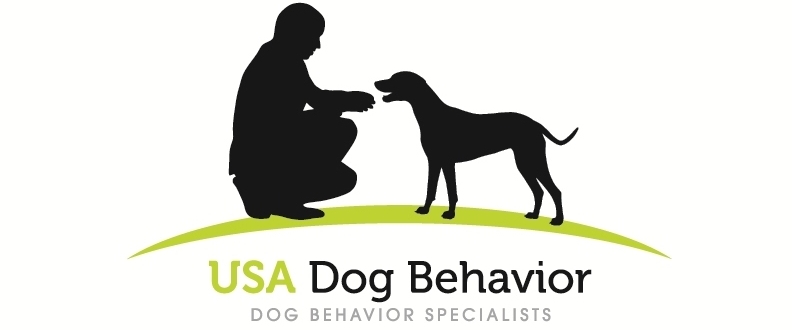8 Things You May Not Know About Dog Behavior
"Dogs appear to be the only animals who can accurately read human emotion..."
©Scott Sheaffer, CDBC, CPDT-KA, USA Dog Behavior, LLC
1) Dogs can be profoundly resilient both physically and emotionally. They don't appear to hold grudges or consciously dwell on the past. This is why rescued dogs can make outstanding pets and severely injured dogs adapt so well to their handicaps. Please see Naki'o's picture above who lost parts of all four of his legs to frostbite. Does he look like he feels sorry for himself? This picture is inspiring to me.
2) Recent experiments indicate that the average dog is about as intelligent as a two-year-old child. Furthermore, research is showing that a dog's range of emotions is broad and similar to that of humans in many respects. Although some people believe that dogs don't actually have emotions, my observations indicate that they have at least some of the basic human emotions.
3) Most dogs don't like being hugged. Humans and other primates are the only species that normally enjoy doing this. If you carefully watch most dogs being hugged, you'll notice they're just not that into it.
4) Dogs cool themselves by panting and sweating through their paws. And just like with people, if they are stressed, they sweat more. Sometimes I'll touch a dog's paws as a way of measuring stress. They get sweaty "hands" just like humans do.
5) The concept of needing to "dominate" dogs as their "pack leader" just doesn't hold up to scientific observation. If we want to accurately model the behavior of wolf packs, we need to act more like a parent to our dogs - not a tyrant.
6) Dogs appear to be the only animals who can accurately read human emotion - particularly our facial expressions. This is one of the reasons humans and dogs coexist so well.
7) The majority of dog aggression is actually based on fear. A dog that is afraid of something will frequently take the "offense-is-the-best-defense" strategy to make the scary thing go away.
8) Dogs have glands (or sacs) on either side of their rectal opening. You might be surprised to learn that they are also found in a host of other mammals including cats, bears and sea otters. Whenever a dog defecates, a miniscule amount of fluid from these glands is excreted as his or her personal identification card. This is why dogs are so fascinated with each other's rear-ends and feces; they are simply getting information about one another.
If you have a dog behavior question you'd like to have answered in a future blog, click here to submit your question.

